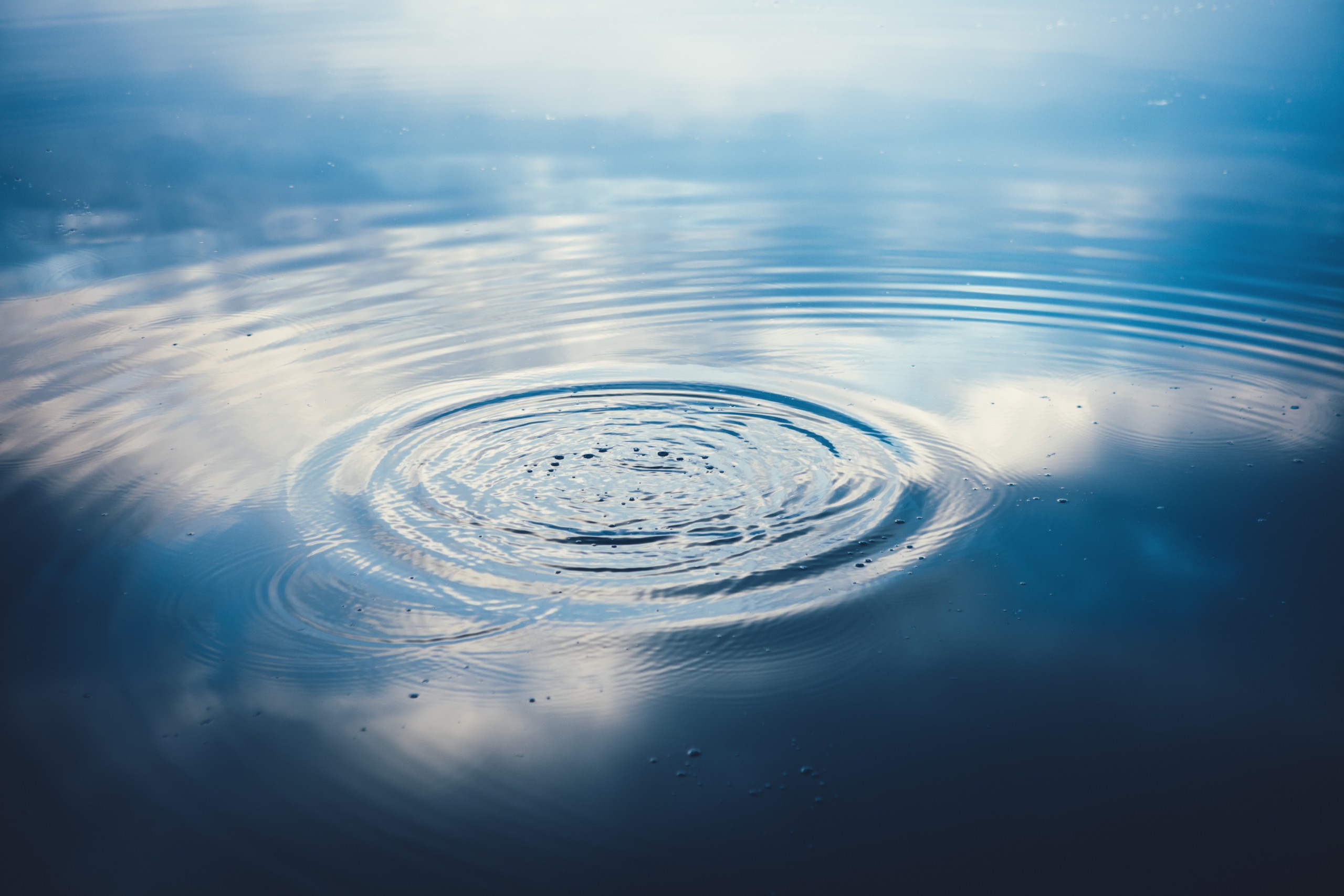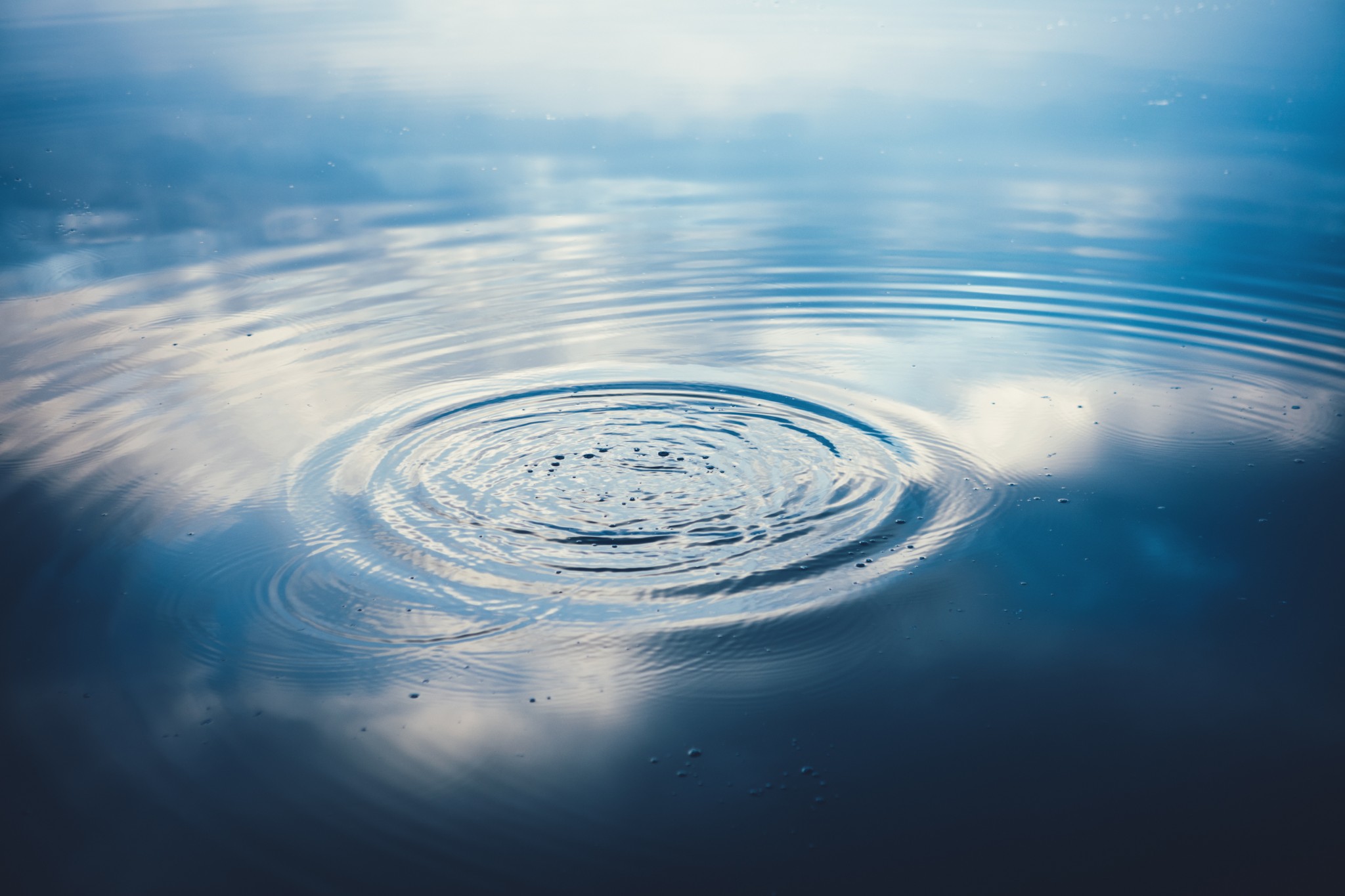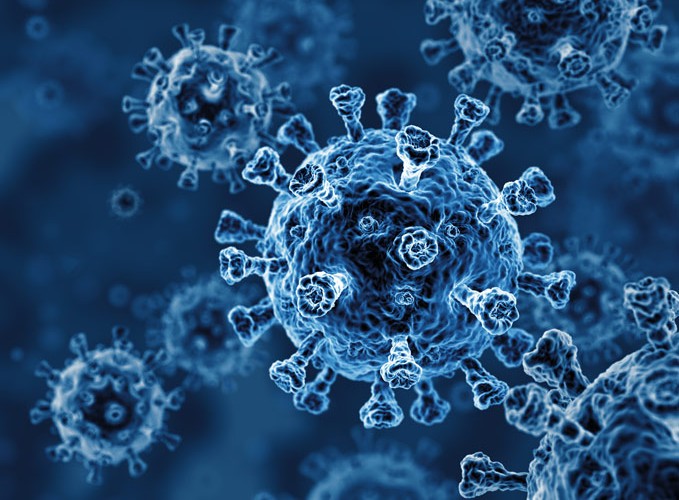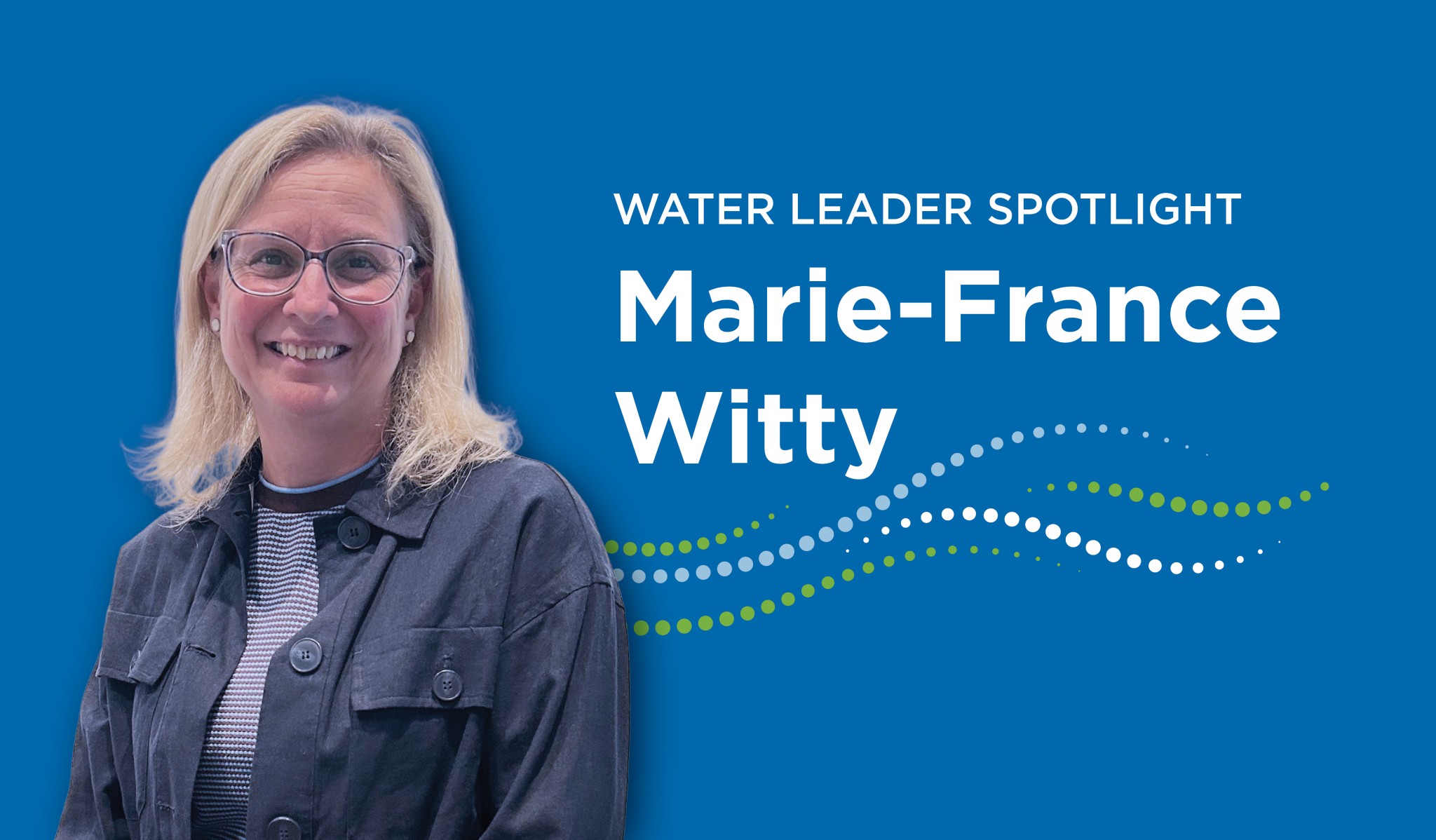Government of Canada invests in further protecting Great Lakes

Prime Minister Justin Trudeau announced that the Government of Canada is investing $420 million over 10 years to help protect and restore the Great Lakes. The announcement was made during U.S. President Joe Biden’s visit to Ottawa on March 24, which highlights the importance of this investment.
Funds will be allocated to several initiatives, including the cleanup of 12 Canadian and bi-national Areas of Concern (AOC) within the Great Lakes. These AOCs include three areas in Lake Superior (Thunder Bay, Nipigon Bay, Peninsula Harbour), four in Lake Ontario (Port Hope, Bay of Quinte, Hamilton Harbour and Toronto Harbour), and five in waters shared by Canada and the U.S. (St. Mary’s River, St. Clair River, Detroit River, Niagara River, and St. Lawrence River at Cornwall).
Cleaning up and ‘delisting’ these areas of concern will be transformative for the communities they are located in. These areas were originally identified for cleanup in 1987. Since then, three Canadian sites — Severn Sound, Wheatly Harbour and Collingwood Harbour — have been cleaned up. Two others — Spanish Harbour and Jackfish Bay — are in advanced stages of cleanup and are considered Areas in Recovery.
The new funding announced by Prime Minister Trudeau will also combat harmful algae blooms caused by excessive nutrients from agriculture and other sources of runoff. Algae blooms contain cyanobacteria, which have had a detrimental impact on Lake Erie’s ecosystem. The Government of Canada aims to reduce phosphorus going into Lake Erie from Canadian sources by more than 200 tonnes within 15 years.
Furthermore, the new investment will help prevent harmful chemicals from entering the Great Lakes. It will also promote engagement with Indigenous peoples who have a deep connection to the Great Lakes and have been stewards of the region for generations. If undertaken effectively, this engagement will help ensure that Indigenous knowledge and perspectives are incorporated into the protection and restoration of the Great Lakes.

















